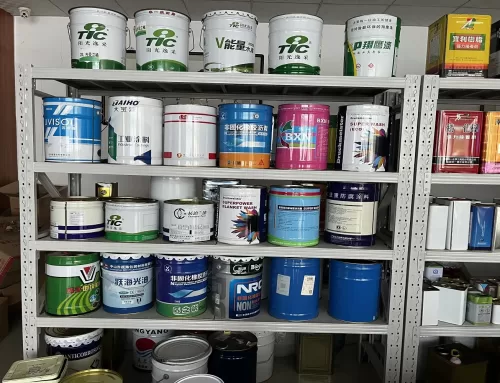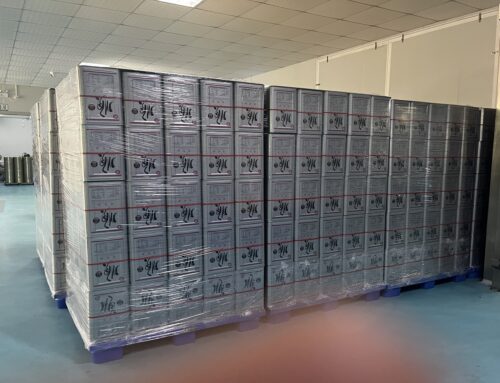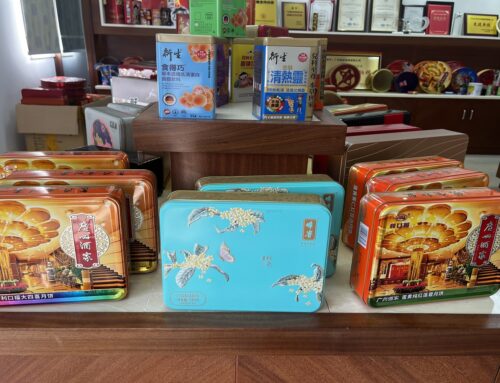There are many factors that affect the quality of empty tanks. The quality of materials (including all raw and auxiliary materials), the equipment status and working conditions of each process, as well as the technical level of operators and packaging and transportation have a great impact.
(1)Influence factors of empty tank preparation equipment on the quality of empty tanks. The factors that affect the quality of the cutting board mainly include the positioning accuracy when cutting the board.
And whether the cutting edge clearance is appropriate, the cutting edge is worn. The positioning accuracy of the cutting board is not enough, and the geometry of the cut piece will be inferior. For the gap of the cutting edge, if it is too small, it will be easy to damage the cutting edge. If the cutting edge is too large, it will produce burrs and affect the life of the cutting edge. The quality problems caused by the scribing are mainly the consistency of the scribing depth and the parallelism of the scribing and the edge of the sheet. The radial and axial runout of the scoring blade, the deflection of the guide rail, and the inconsistent size of the blanks will cause the above quality problems.
The quality problems that occur in scraping yellow are incomplete yellow scraping or excessive scraping, which will damage the tin plating layer, and then affect the welding quality. The main reason is the wear of the cutting edge, chipping and the pressure adjustment.
(2)Influencing factors of can body forming and welding equipment on the quality of empty cans In the can body forming and welding equipment, the quality of the plate and the quality of the copper wire, forming, conveying, welding and other processes, insulation, cooling status, etc. will affect the quality of empty tanks.
①Material quality includes the material of the tank body, cutting accuracy and the quality of the copper wire. Mainly the composition of the plate, the amount of tin plating, the degree of quenching and tempering and its uniformity, the thickness of the error surface quality and so on. Copper wire purity, wire diameter tolerance, elongation, surface quality, etc. The dimensional accuracy of the blank angle deviation, the size of the burr, etc.
②Effect of molding The effect of kneading the iron (releasing the surface tension) into a round opening will affect whether the subsequent transportation is smooth.
③ The impact of transportation is not smooth, and the finish of the contact with the tank is not high, which is easy to cause abrasions. The uneven position of the jaws can easily cause welding.
④ The influence of welding includes the adjustment of the sizing gauge itself, the size and relative position of the sizing gauge, the upper and lower welding wheels, and the Z-shaped guide rail;
Adjust the width after flattening, welding pressure and welding current, and match them.
⑤ Other factors affect the reliability of the insulation parts, the temperature and flow rate of the cooling water.
(3)The effect of supplementary coating and drying on the quality of empty cans The coating selection is not suitable, the thickness of the coating is uneven, the width is uneven, and the coating film is too thin 。There is exposed iron at the coating, the weld spatter is too large, and the weld overlap is too thick, which is not conducive to repair. If the drying time is not enough, the coating is not completely cured, or the temperature rises too fast, forming air bubbles, and the drying temperature is too high, which causes the tin layer of the can body to melt and the coating film to burn, which will affect the corrosion resistance of the can body.
(4)The influence of beading and slitting on the quality of empty cans. Beading are prone to produce sharp edges, and the oxide layer and coating film at the weld seam of the tank body are broken.Bad, the can body is scratched. The slitting machine is prone to uneven cuts, end-to-end contact, and abrasion of the tank body. The above phenomena are directly related to the accuracy of mold or tool manufacturing, wear and tear, and installation and adjustment.
(5)The effect of necking and flanging on the quality of empty cans. Necking is prone to wrinkles, uneven necking, abrasion, and difficulty in demolding. Flanging is prone to uneven width, excessive or insufficient flanging, inconsistent ends, flanging damage, cracks at the weld, etc. The main reasons for the above phenomenon are: the mold dimensional accuracy is poor or worn, there are problems with the installation and adjustment of the mold; the ends of the weld are too brittle, there are too long tongues, and the cutting size is not accurate.
(6) Factors affecting the drawing quality of two-piece cans The factors affecting the drawing quality of two-piece cans include the pressure of the blank holder ring, the radius of the fillet radius of the concave-convex die, the choice of the lubricant, the drawing coefficient, and the drawing process The pressure applied by the blank holder ring, such as the stress state of the material, must be appropriate and uniform. Excessive friction will increase the friction between the die, which will easily rupture the part; too small will cause the drawn part to lose stability and cause wrinkles. The pressure can be adjusted during drawing until it is suitable. Using reverse drawing or soft die drawing can increase the radial tensile stress and avoid wrinkling.




